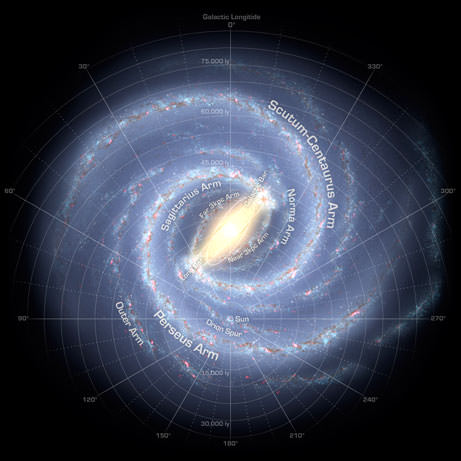Fast Radio Bursts
My research focuses on uncovering the origins of FRBs using the CHIME/FRB experiment. In particular, I have led multiple campaigns to search for high-energy counterparts to FRBs, with a specific focus on associations with gamma-ray bursts (see my work here ). I am also interested in what we can learn by monitoring repeating FRBs and studying their morphology (time and frequency structure) at high time resolutions. My work on this can be found here.
Image credit: McGill University Graphic Design Team.



